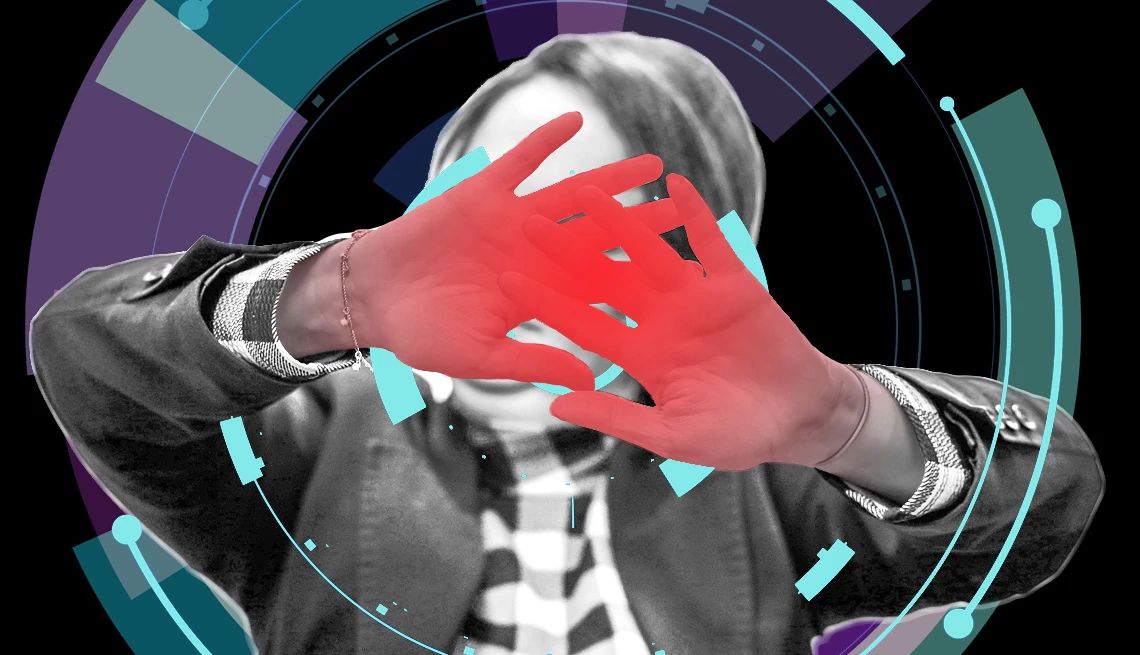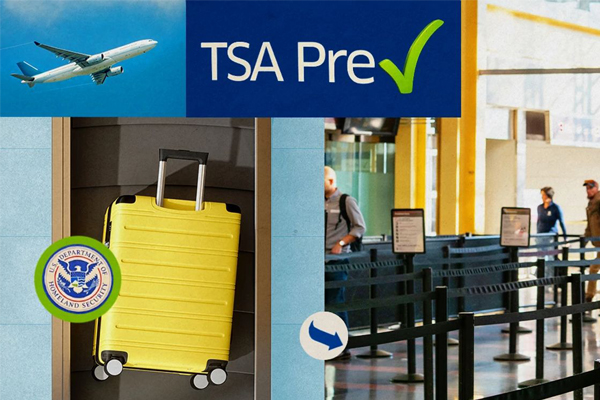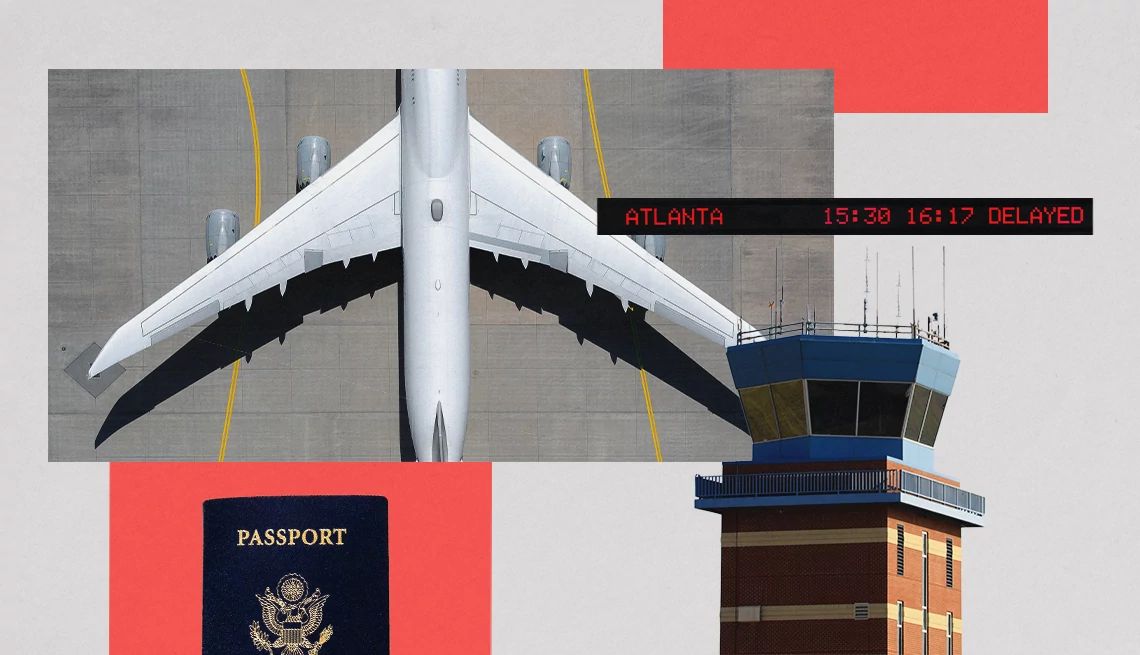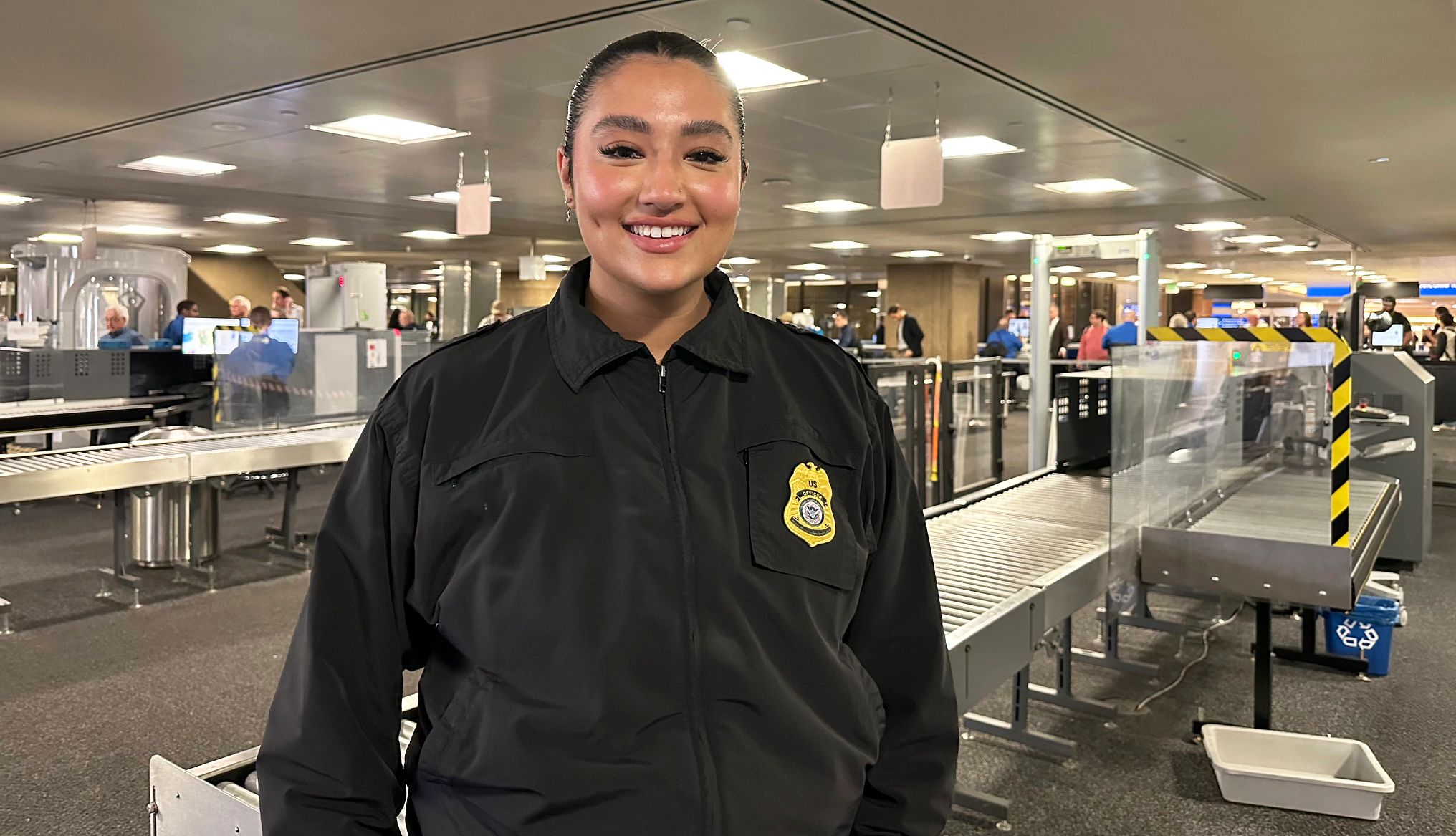AARP Hearing Center
In this story
When faces are scanned | Can I refuse? | Should I refuse? | How to refuse | Face scan tips
There’s a relatively new step built into the Transportation Security Administration (TSA) process at more than 250 airports nationwide: Look into the camera.
The “camera” is a second-generation Credential Authentication Technology scanner (CAT-2), designed to quickly scan a traveler’s face and then compare it with their driver’s license or other physical identification to verify a match.
Such biometric screening is increasingly used to create so-called frictionless airport travel, characterized by a seamless experience where your identity is your credential. That’s a good thing, in theory, but it does give some travelers pause.
The Pew Research Center found that 71 percent of Americans are concerned about how the government uses their data. In addition, it found that Americans 50 and older are most likely to opt out of phone lock security features, including facial and fingerprint scans. In a 2024 AARP travel and technology survey, travelers 50 and older expressed a preference for physical, rather than digital, boarding passes, as well as hesitation about the security of digital tools throughout all stages of travel.
It’s natural to be hesitant, especially when you don’t have all the facts. Read on to learn more about airport face scans and decide for yourself what you’re comfortable with.
When and why airports scan your face
There are multiple places where you may be asked to comply with a face scan at airports, in America and abroad.
In U.S. airports:
- At the TSA checkpoint. At participating airports, face scans may be offered in the regular line as well as the TSA PreCheck members’ line. The scan is designed to accurately match your face to your ID and is stored “pretty much until the next person comes up and has their picture scanned,” says Sheldon Jacobson, an aviation security specialist and computer science professor in the Grainger College of Engineering at the University of Illinois at Urbana-Champaign.
“People often assume that facial recognition is associated with surveillance,” he says. “This has nothing to do with surveillance.” The TSA’s website mentions the exception of stored photos “in a limited testing environment for evaluation of the effectiveness of the technology.”
The scans are an expected part of the process in the line for Clear+, a privately run service in which members pay for the perk of biometric — and often faster — screening.
- At the boarding gate or jetway. U.S. Customs and Border Protection (CBP) uses a facial scan system called the Traveler Verification Service (TVS) at 57 U.S. locations as part of a federal program known as biometric exit. These scans cross-reference international travelers’ scans against the Department of Homeland Security’s database and others to identify citizenship, vet criminal history and document a border crossing.





































































